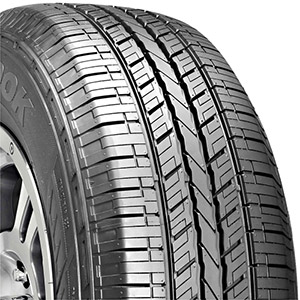window seal rubber strip
Understanding Window Seal Rubber Strips Importance, Types, and Installation
Window seal rubber strips play a crucial role in ensuring the efficiency and comfort of our homes and offices. As simple as they may seem, these strips are essential components that help in sealing gaps around windows, preventing air leaks, water infiltration, and external noise from disrupting our living spaces. This article delves into the importance of window seal rubber strips, the various types available, and how to install them effectively.
Importance of Window Seal Rubber Strips
1. Energy Efficiency One of the key benefits of window seal rubber strips is their ability to enhance energy efficiency. By sealing gaps around windows, these strips help maintain the indoor temperature, reducing the reliance on heating and cooling systems. This not only lowers energy bills but also decreases your carbon footprint.
2. Weather Protection Window seals protect homes from harsh weather conditions. They prevent rainwater from seeping in, which can cause mold growth and structural damage over time. Moreover, they provide a barrier against wind, snow, and dust, ensuring a comfortable indoor environment regardless of the weather outside.
3. Noise Reduction For those living in busy urban areas, noise pollution can be a significant nuisance. Window seal rubber strips help reduce outside noise, creating a more peaceful living or working environment. Proper sealing can significantly decrease sound transmission, allowing residents to enjoy quieter spaces.
4. Insect Prevention Gaps around windows can also serve as entry points for insects and pests. Installing window seal rubber strips helps create a secure barrier that keeps unwanted critters outside, contributing to a healthier indoor atmosphere.
Types of Window Seal Rubber Strips
When it comes to window seal rubber strips, there are several types available, each designed for specific needs
1. Self-Adhesive Foam Tape This is an easy-to-install option that adheres directly to the window frame. It's ideal for small gaps and comes in various thicknesses and widths.
2. Vinyl Seal Strips Durable and weather-resistant, vinyl seal strips are suitable for exterior windows and are less likely to deteriorate due to exposure to the elements.
window seal rubber strip

3. Silicone Seal Strips Known for their flexibility and resilience, silicone strips can fit irregular gaps easily. They provide excellent sealing properties and are often used in areas with higher moisture exposure.
4. Rubber Bulb Seals These are more rigid and provide a snug fit for windows that close tightly. They are often used in commercial applications and can withstand more wear and tear.
Installation of Window Seal Rubber Strips
Installing window seal rubber strips is a straightforward process that can be done by homeowners with minimal tools. Here’s a step-by-step guide
1. Measure the Gaps Before purchasing seal strips, measure the gaps around your windows carefully. This ensures you buy the correct length and width.
2. Clean the Surface Thoroughly clean the area where you plan to install the strips to remove dirt, dust, and old adhesive residues. A clean surface ensures better adhesion.
3. Cut to Size Depending on your measurements, cut the rubber strips to the appropriate length using a sharp knife.
4. Peel and Stick If you have self-adhesive strips, simply peel off the backing and firmly press the strip into place. For non-adhesive types, you may need a suitable adhesive to attach them securely.
5. Test the Seal Once installed, check the window for any leaks. A properly installed seal should result in a tight fit.
Conclusion
Window seal rubber strips are a small yet vital investment for improving the comfort and efficiency of any building. By understanding their importance, types, and installation methods, homeowners can ensure their living spaces remain energy-efficient, safe from the elements, and free from noise pollution. Regular maintenance and timely replacement of these strips can go a long way in preserving the integrity of your windows.
-
Under Door Draught Stopper: Essential ProtectionNewsJul.31,2025
-
Garage Door Seal and Weatherstrips for ProtectionNewsJul.31,2025
-
Edge Banding Tape for Perfect EdgesNewsJul.31,2025
-
Table Corner Guards and Wall Corner ProtectorsNewsJul.31,2025
-
Stair Nose Edging Trim and Tile Stair SolutionsNewsJul.31,2025
-
Truck Bed Rubber Mats for Pickup BedsNewsJul.31,2025
-
Window Weather Stripping for Noise ReductionNewsJul.29,2025